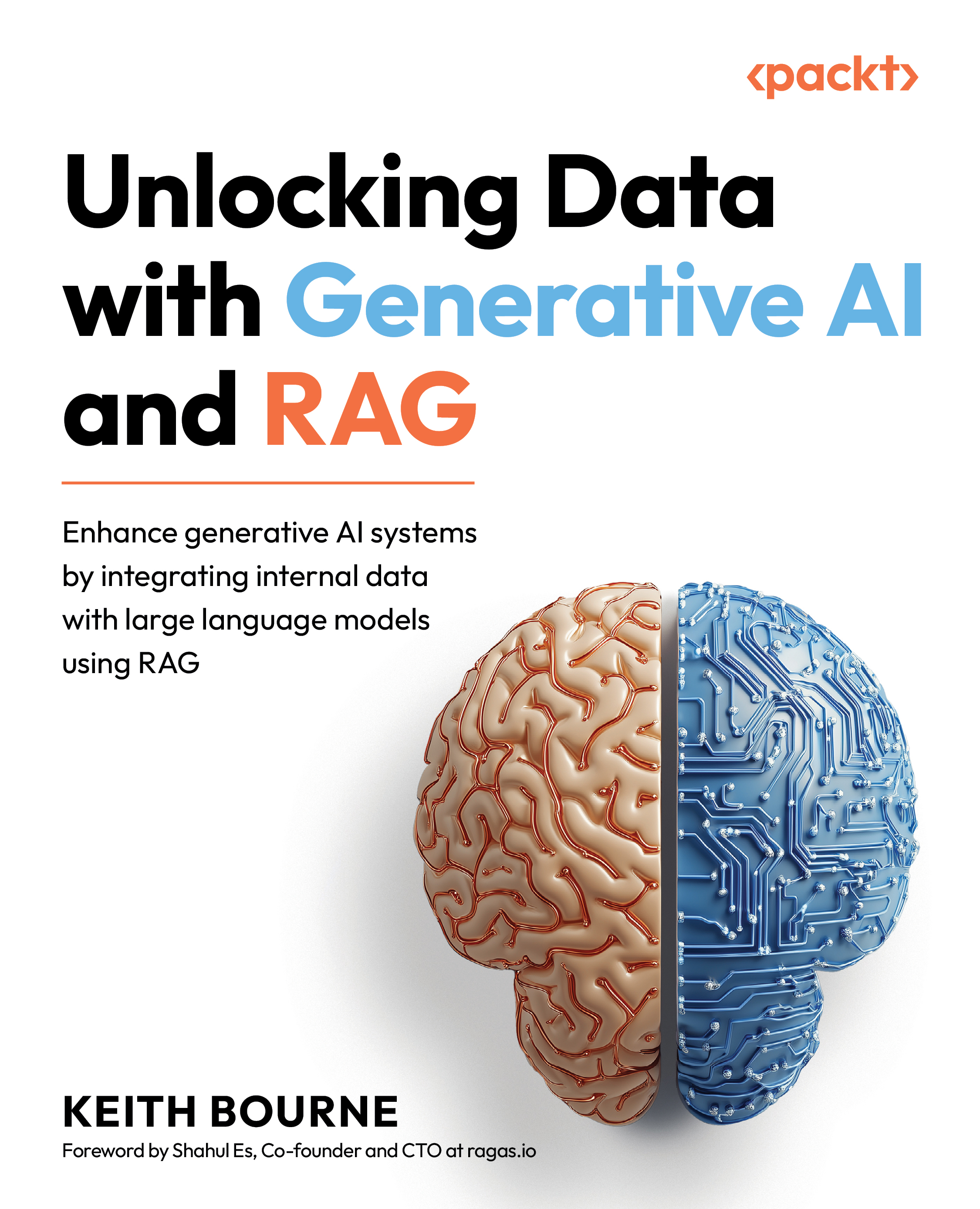Cyclical graph setup
The next big step in our code is setting up our graphs using LangGraph:
- First, we import some important packages to get us started:
from langgraph.graph import END, StateGraph
from langgraph.prebuilt import ToolNode
This code imports the following necessary classes and functions from the
langgraphlibrary:END: A special node representing the end of the workflowStateGraph: A class for defining the state graph of the workflowToolNode: A class for defining a node that represents a tool or action
- We then pass
AgentStateas an argument to theStateGraphclass we just imported for defining the state graph of the workflow:workflow = StateGraph(AgentState)
This creates a new instance of
StateGraphcalledworkflowand defines a new graph for thatworkflowStateGraphinstance. - Next, we define the nodes we will cycle between and assign our node functions to them:
workflow.add_node("agent", agent) # agentretrieve = ToolNode(tools)
workflow.add_node...































































